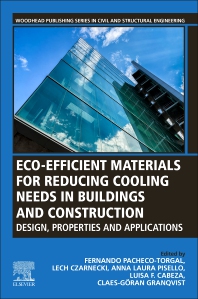HDR moved to void the deal, asserting it was a "Mary Carter agreement." The term refers to a 1967 Florida appeals court case, Booth v. Mary Carter Paint Co. Lawyers.com defines the term as an agreement wherein "participating defendants agree to remain as parties to the lawsuit and guarantee payment to the plaintiff of a settled amount if no recovery is awarded against the other defendants. The plaintiff agrees to offset its liability by … a recovery awarded from the other defendants."
In August, U.S. District Judge James B. Whittemore granted HDR's motion in part and released Barnard from the suit, effectively finalizing the contractor's restitution at $750,000.
"We got to defend ourselves against Tampa Bay Water, and we did a really good job of that," says Barnard's Ellerton. "That's why the settlement came about. Honestly, they probably knew we were going to beat them anyway. They needed some ammunition to go after HDR."
What’s Owed
HDR contends the rebuilt reservoir embankment is being designed to a higher standard. This summer, Tampa Bay Water awarded Kiewit Infrastructure Group South and engineer Gannett Fleming a $162.4-million design-build contract to rebuild and expand the reservoir. Kiewit and Gannett Fleming's design provides a 160-mgd drawdown rate—considerably higher than the 66 mgd provided in the original HDR design.
The engineer points to a Tampa Bay Water "Embankment Design Report," dated Sept. 7, 2000, that lists the reservoir's drawdown rate as 66 mgd. "The reservoir could operate at a maximum outflow of 66 mgd," the report reads.
The utility's requests for proposals for the renovated reservoir seek a 120-mgd drawdown rate and define one "success factor" as the "ability to operate at current … drawdown rates from 66 mgd (max gravity) to 100-120 mgd (max anticipated pumped) drawdown rates."
Asked about the renovated facility's drawdown rate being increased, Kennedy contended it wasn't.
"All we're trying to do is find a permanent solution for the cracking by putting in the drain system," Kennedy says. "We'll be able to get the flow rate out of the reservoir that we originally were represented by HDR that we could get. We thought we bought X, and we got W."
Kennedy says the 120-mgd specification constitutes a "restoration of the original intent."
To fund the new work, TBW is seeking funds from local governments. If the trial doesn't end as it hopes, TBW may be required to sell bonds, which would be financed by increased water rates.
Editor's Note: This version replaces an earlier file to clarify Connolly's perception of HDR's responsibility for the project.









